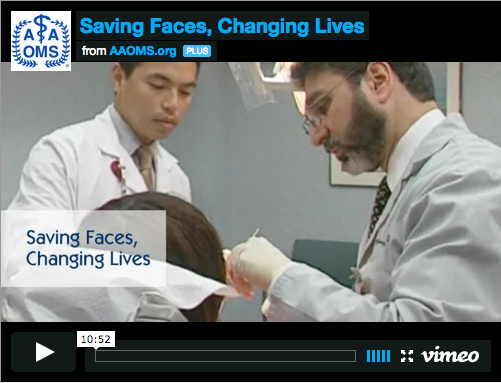Creating the Opportunity to Smile Again
When an individual has missing teeth due to decay, gum disease or injury, over time the jawbone associated with that area atrophies or is reabsorbed. This often leaves a condition in which there is poor quality and quantity of bone suitable for placement of dental implants. In these situations, bone must be grafted or rebuilt to allow for implants to be placed. This is done in the lower jaw to add width and height above the nerve in the jaw. In the upper jaw, this is typically done to add height to the area under the sinus cavity called a “sinus lift”.
This not only creates the opportunity to place implants of proper length and width, it also allows for the restoration of the mouth’s full functionality and aesthetic appearance.
Major Bone Grafting
For grafting, the bone can be obtained from multiple sources. We can use human bone from a tissue bank, animal derived bone products, bone morphogenic proteins,or your own bone can be harvested from the jaw, hip or tibia (below the knee). In addition, special membranes may be used that dissolve under the gum and protect the bone graft and encourage bone regeneration. This is called guided bone regeneration or guided tissue regeneration.
Some larger jaw defects may arise as a result of traumatic injuries, tumor surgery or congenital defects. Large defects are repaired using the patient’s own bone. This bone is harvested from a number of different sites depending on the size of the defect. The skull (cranium), hip (iliac crest) and lateral knee (tibia) are common donor sites. These procedures are performed in an operating room and require a hospital stay.


